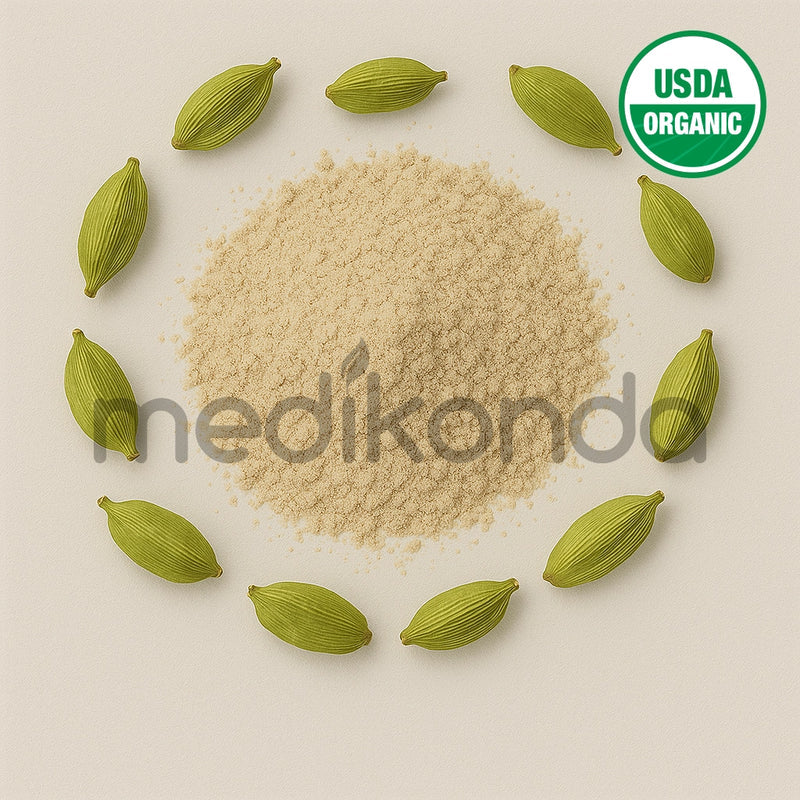Add description, images, menus and links to your mega menu
A column with no settings can be used as a spacer
Link to your collections, sales and even external links
Add up to five columns
Add description, images, menus and links to your mega menu
A column with no settings can be used as a spacer
Link to your collections, sales and even external links
Add up to five columns
LOOKING FOR BULK INGREDIENTS PRICING?
GET INSTANT QUOTEwhat ingredient are you looking for?

Benefits of Hyaluronic Acid - Wholesale B2B Bulk Suppliers in Australia and New Zealand
Hyaluronic Acid: The Ultimate Hydrator for Skin, Joints & Beyond
What is Hyaluronic Acid?
Hyaluronic Acid (HA) is a naturally occurring glycosaminoglycan found in the skin, eyes, connective tissue, and synovial fluid. It functions as a powerful humectant, meaning it has the ability to retain moisture—up to 1,000 times its weight in water. This makes it an essential molecule for hydration, lubrication, and tissue repair.
Though our bodies produce HA naturally, levels decline with age, UV exposure, and environmental stressors, leading to dry skin, joint discomfort, and visible signs of aging.
Natural Sources of Hyaluronic Acid
While hyaluronic acid supplements and skincare products are popular, it can also be sourced from:
-
Animal cartilage (rooster combs, bovine trachea)
-
Fermentation of plant-based microbes (vegan-friendly sources)
-
Certain foods like bone broth, soy-based products, and leafy greens may support natural HA production
Key Benefits of Hyaluronic Acid
1. Deep Skin Hydration
HA binds to water and keeps skin plump, smooth, and supple. It's commonly used in:
-
Moisturizers
-
Serums
-
Injectable fillers (dermal fillers)
Regular use improves skin elasticity, reduces fine lines, and enhances the barrier function of the skin.
2. Joint Health and Lubrication
In the joints, HA is a critical component of synovial fluid, which cushions bones and reduces friction. Supplementing with HA:
-
Eases joint stiffness and pain
-
Improves mobility
-
Supports people with osteoarthritis
3. Wound Healing and Tissue Repair
HA helps in tissue regeneration and inflammation control. It speeds up healing by:
-
Promoting cell migration
-
Reducing redness and swelling
-
Keeping wounds moist, which accelerates recovery
4. Eye Health
Hyaluronic acid is used in:
-
Lubricating eye drops for dry eyes
-
Ophthalmic surgery (e.g., cataract removal, corneal transplant)
It helps maintain moisture and protect delicate ocular tissues.
5. Anti-Aging Benefits
With its moisture-binding properties, HA reduces:
-
Wrinkles
-
Sagging
-
Loss of volume in facial areas
Dermal fillers containing HA are frequently used in aesthetic medicine for natural-looking skin rejuvenation.
Popular Forms of Hyaluronic Acid
-
Topical: Serums, creams, and lotions for hydration
-
Oral Supplements: Capsules, powders, and liquids for skin and joint support
-
Injectables: Fillers for aesthetic treatments
-
Eye Drops: For dry eye relief
Is It Safe?
Hyaluronic acid is generally well-tolerated, even by sensitive skin types. It is:
-
Non-comedogenic (won’t clog pores)
-
Hypoallergenic
-
Biocompatible and biodegradable
Side effects are rare and usually occur only with injectables (e.g., redness, swelling, or bruising at the injection site).
Final Thoughts
Hyaluronic Acid is a true multitasker in health and beauty. From deep skin hydration to joint lubrication, eye care, and wound healing, this natural compound continues to gain popularity for good reason. Whether used in a serum, taken as a supplement, or injected by professionals, HA is a safe and effective way to restore youthfulness, mobility, and moisture throughout the body.
For bulk orders and inquiries, visit Medikonda Nutrients - Hyaluronic Acid
Medikonda Nutrients is the Largest Manufacturer, B2B Bulk Wholesale Supplier of Hyaluronic Acid in Australia and New Zealand.
Also in Medikonda: Health & Wellness
SUBSCRIBE NOW ...
Don't miss to get latest updates on sales, new releases and promotions




